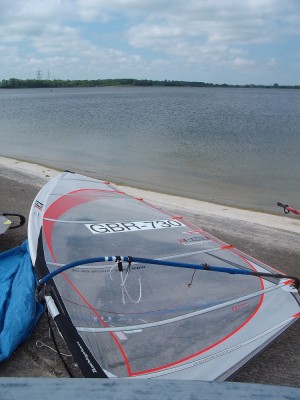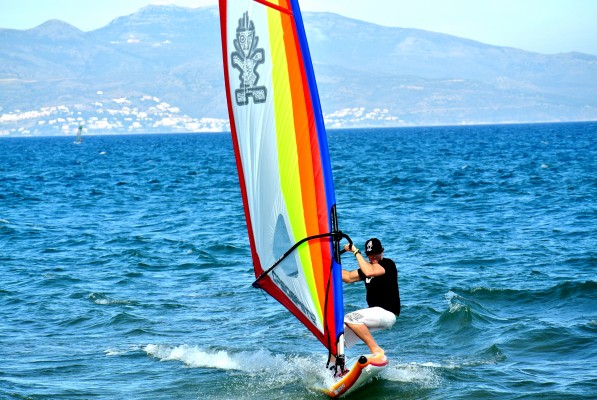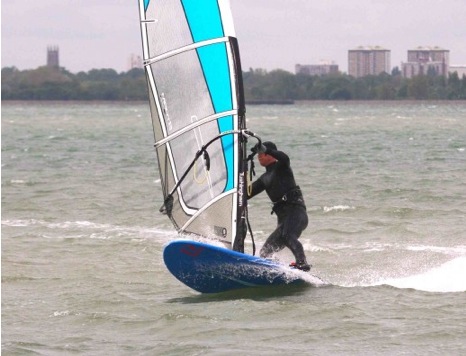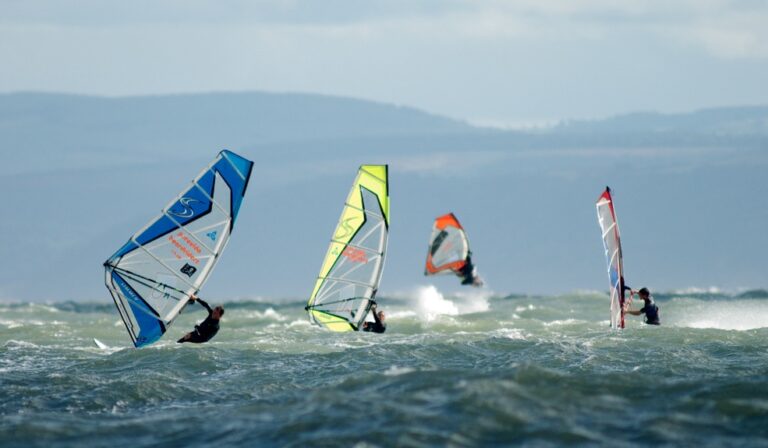…not so says Sam Ross, one of the country’s top windsurfing instructors, when it comes to making sure you are using the right gear for your size, ability and level of experience.
Just like when you are holding up a kid’s jumper that is clearly too big for the child it is intended for, the temptation when investing in your first lot of windsurfing equipment is to think, ‘I’ll grow into it’.
But according to Sam that is the worst thing you can do…..
“If you struggle to sail with the board then you won’t enjoy it, and if you don’t enjoy it you won’t go very often, and if you don’t very often you won’t progress your skills, and if you don’t progress your skills you will put windsurfing kit to one side and never get to the stage where you need to upgrade your equipment. That’s not a good starting point for a sport.”
It used to be the basic rule of thumb that the newer you were to the sport, the longer the board you needed. Now it is all about width, volume and reserve volume (we will come to that in a moment…)
Sam, who is an RYA Windsurfing Instructor says, significant advances in kit development over the past five to six years means you are now able to get more out of your ‘starter’ kit for longer, as the wider boards provide greater stability and can better handle a much bigger wind range as well as skill range .
That pattern continues as you move up through your intermediate levels before the kit starts becoming more discipline specific the more advanced your skills become.
Windsurfing is easier now than it has ever been.
So, size does matter? Sam provides his top tips on what to look for when buying a board.
The basic sums:For a beginner take your body weight in kilograms and then add about 20kg, which typically accounts for your wetsuit, rig and board.
That figure will give you the amount of volume needed in the board to float you as one litre will float one kilo. Once you have that figure, double it. That will give you a good amount of ‘reserve volume’ which will add sufficient stability to help you in the early stages.
The more volume you have the more stable you will be and the better you will float.
For example if you weight 80kgs, when you factor in reserve volume, your starter board should be about 200 litres, 60kgs would be 160 litres etc.
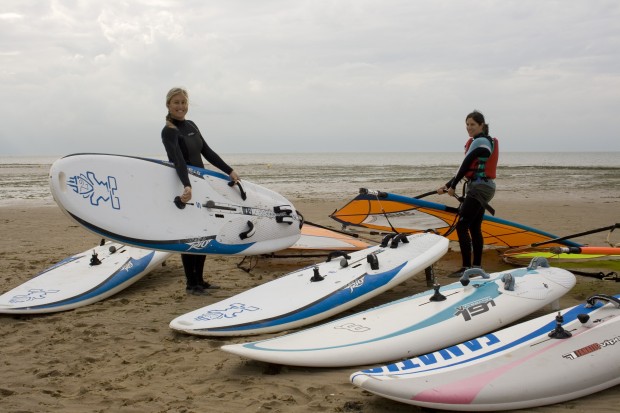
Once you start progressing into intermediate level, where you may have completed a Start Windsurfing course and are going a bit faster or are maybe using a harness, a board 40-60 litres in volume will likely be more suitable.
That volume recommendation drops to 20-40l for higher level intermediates, this will still give enough volume for uphauling but the board will be better suited for stronger winds.
After that optimum board volume largely depends on what discipline you are doing, for example you would probably add 5-10 litres for freestyle or lose about the same for wave.
Whatever you are doing it is all about having enough volume to float you sufficiently.
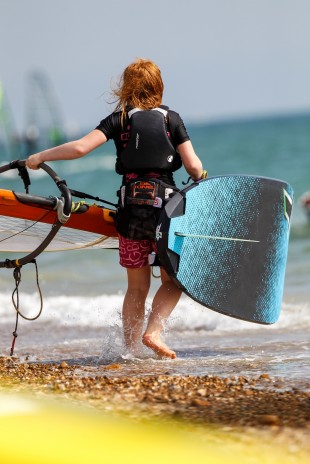
Things like the developments in rigs that can cope in wider wind ranges and the introduction of boards having more than one fin have all contributed to the fact that boards can now be shorter and more manageable in a wider range of conditions.
Having more than one fin means you can expand the range of a board as the size of the fin should marry up with the size of the sail.
This also ties into the conditions – a bigger fin for light airs as they generate greater lift and lateral resistance and smaller fin for when it is windier to stay flatter – whereas previously you may have gone out and bought another board altogether for the different conditions.
Outgrowing your kit:You have to feel comfortable in the full range of conditions with whatever you are sailing. If you start finding it harder to control the board in rougher conditions and/or higher winds, for example, it is probably time to start thinking about getting a less voluminous board.
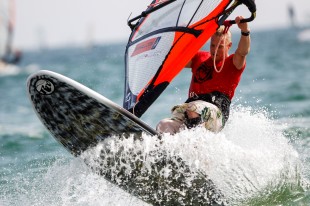
But do not look at it as a one-board solution; investing in a smaller board does not mean you should get shot of your bigger board.
Your first board can still be a fantastic, advanced piece of kit in light winds. Many Stand Up Paddleboards (SUPs) now have windsurfing fittings as well so give you the ultimate light wind compromise with or without a sail. Just take your paddle with you where you go!
The most important thing in all of this is making sure you can spend as much time on the water as possible. The better you get, the more you want to progress and learn new stuff, and that comes back to making sure you have the right board to start it all off with.
To find out more about getting started in windsurfing and RYA Windsurfing training courses visit www.rya.org.uk
Love Windsurfing? Then why not join the association that promotes and protects, safe, successful and rewarding British windsurfing. Join today and support the RYA in protecting your rights and freedoms. Take advantage of free advice and support on a wide range of windsurfing topics; enjoy free third party insurance, as well as a fantastic range of personal member offers. Find out more by calling 0844 556 9556, email [email protected] or visit www.rya.org.uk

